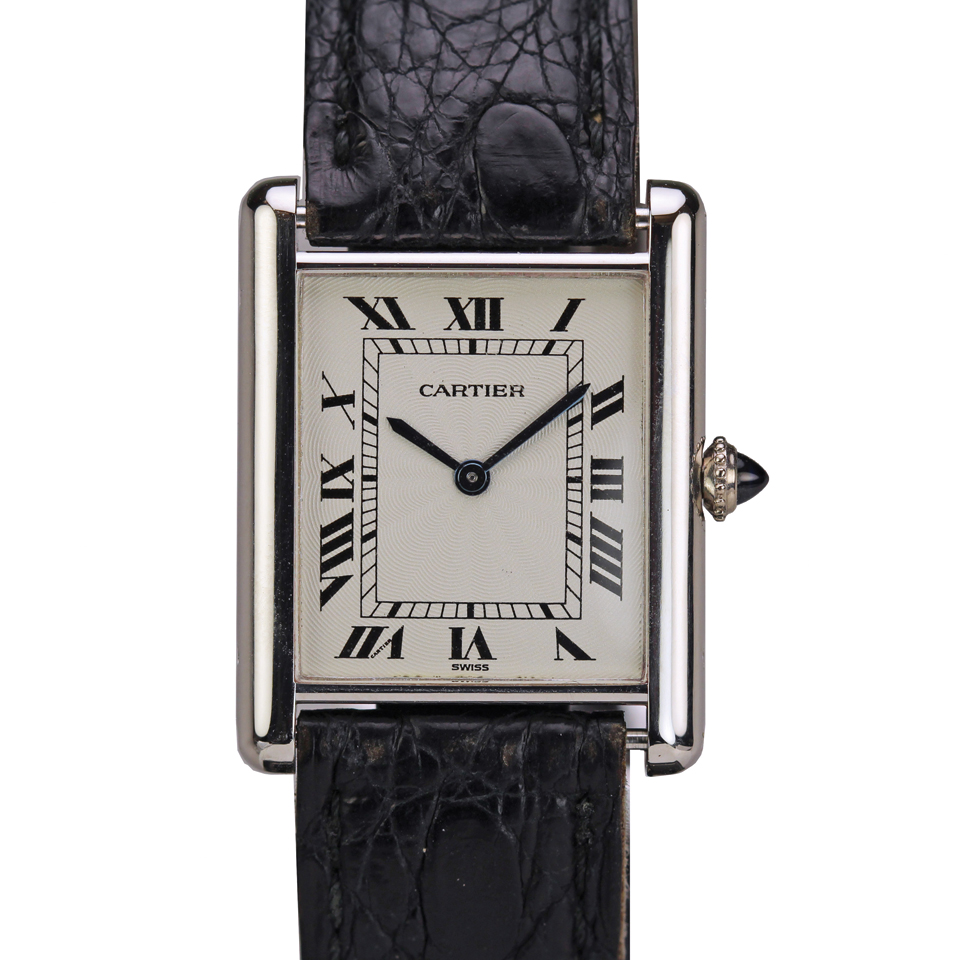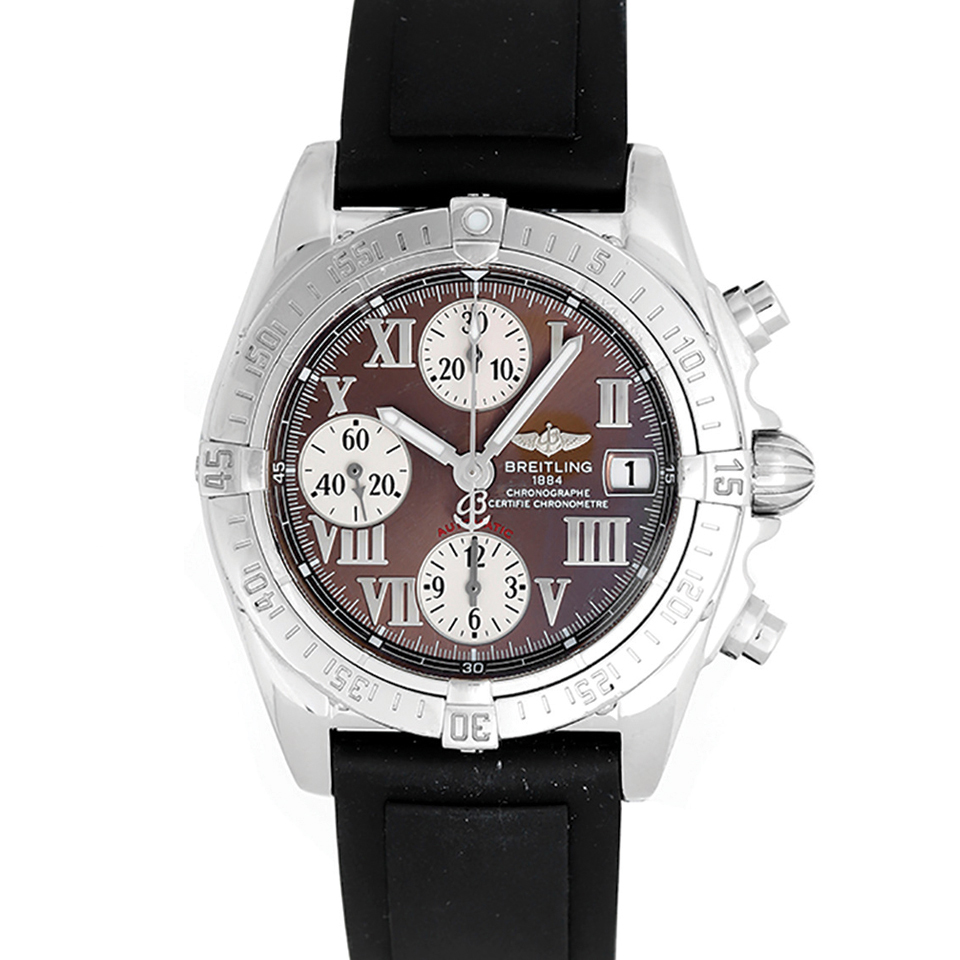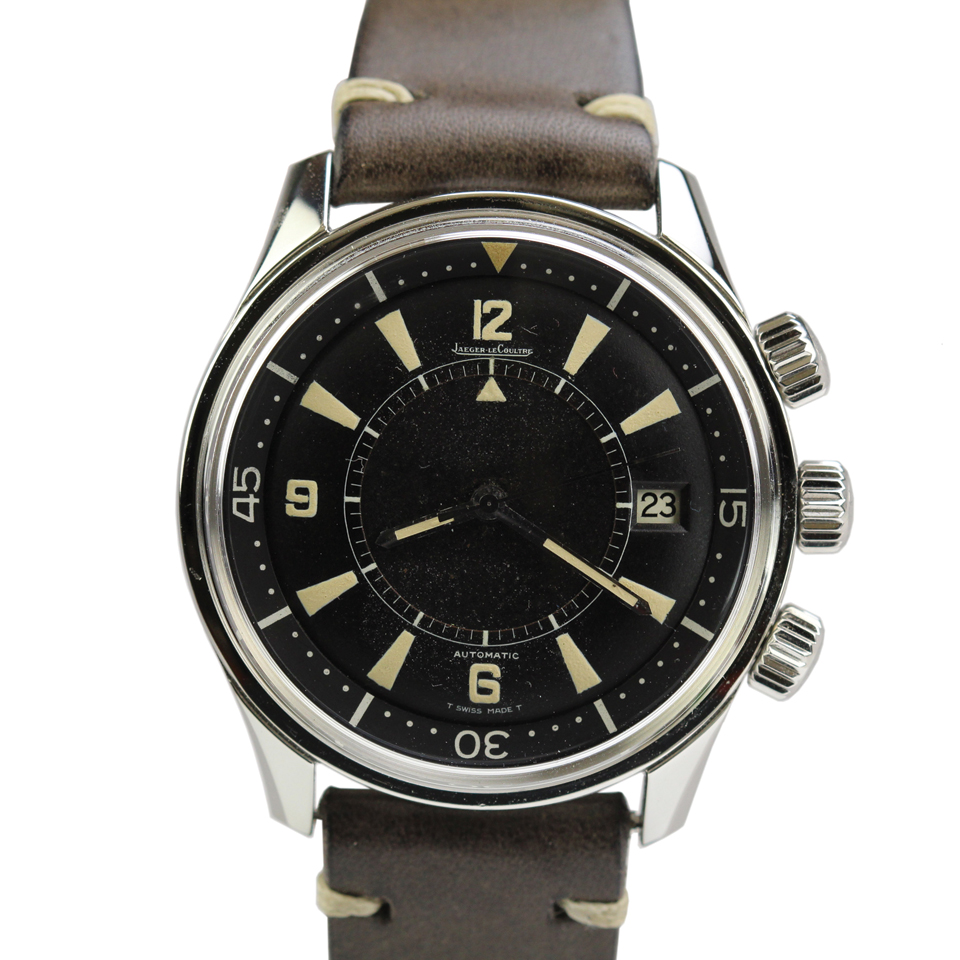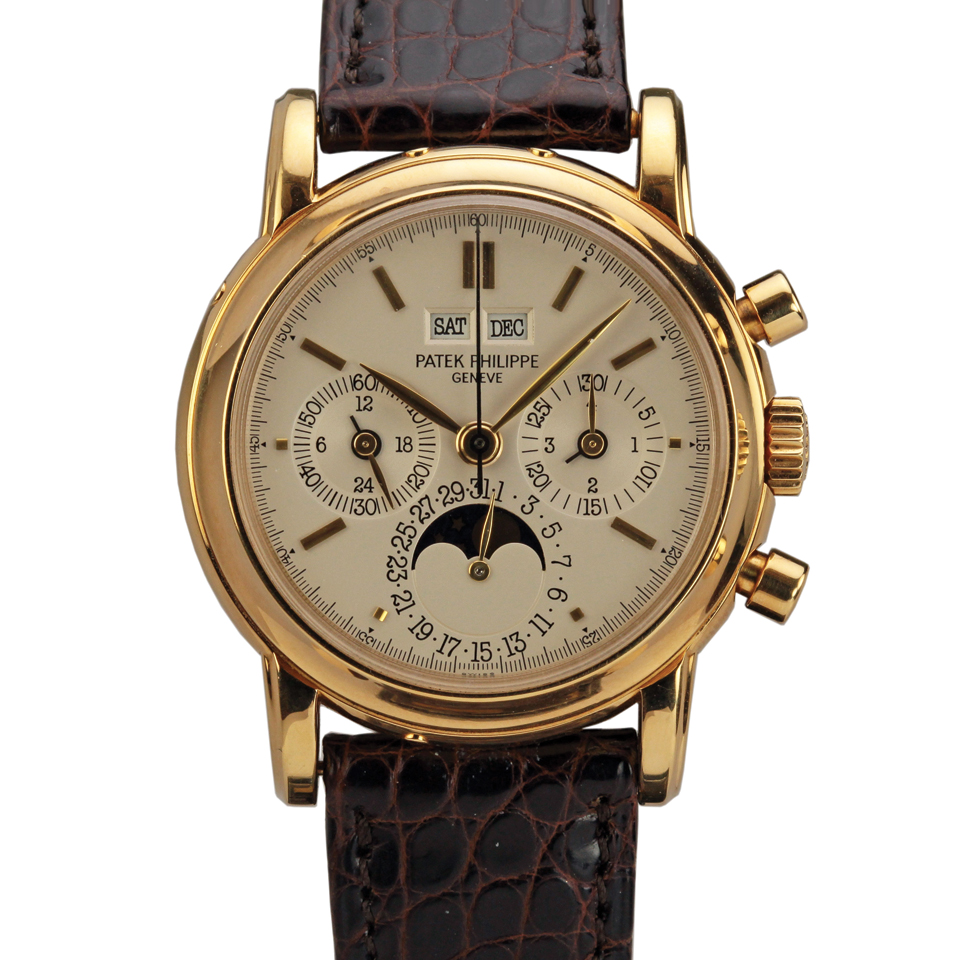Wristwatches make a style statement – and they’re also in fashion. John Mayer, an American singer-songwriter, is a serious collector; so is Eric Singer, the current drummer of the American rock band KISS. Watch collector clubs are springing up in hip neighborhoods. And vintage creations are selling for record prices.

Rolex, a pioneering watch company that began in 1905, introduced many new features, including the first waterproof wristwatch in 1926, and the first self-winding wrist chronometer with a date wheel complication called the Datejust in 1945. Photo courtesy of 1stdibs.com
A Brief History of the Wristwatch
If you get your dad a wristwatch, why not give him a bit of watch trivia with your gift. He’s sure to be impressed by your knowledge and your thoughtfulness.
Queen Elizabeth (1533-1603) was a fashionista, always properly adorned. In 1571, she received a watch affixed to a bracelet from her close friend Robert Dudley, the Earl of Leicester (1532-1588). In 1623, Blaise Pascal (1623-1662), the mathematician and philosopher, wore his pocket watch on his wrist. As a wedding gift, Empress Josephine (1763 – 1814), wife of Napoleon Bonaparte, presented a two banded bracelet (one pearl band held the watch the other held the calendar) to her daughter-in-law Amalie Augustuse. Men continued to favor the traditional pocket watch, its history dating back to 1623.
The wristwatch came about as a matter of necessity. In the mid-1700s, nurses wore watches on a bracelet or on an armband, as opposed to being worn as a pendant, to keep the watch out of the reach of babies and children. Later, in 1880, legend has it that an officer in the German Imperial Navy complained that using his pocket watch made it difficult for timing bombardments, so the German military ordered wristwatches from the Swiss watchmaker Girard Perregaux. Watch manufacturer Omega also invoked the military in a 1904 advertisement that featured a British artillery officer extolling how his wristwatch withstood the rigors of the battlefield and saved soldiers’ lives.

A classic Tank Louis Cartier watch. The design has changed little since its creation in 1917. Photo courtesy of 1stdibs.com
The battlefield continued to be a source of innovation – Cartier’s iconic Tank watch was a product of World War I (1914-1918). It was modeled on the armored fighting vehicle, the tank. The watchmaker gifted prototypes to General John J. Pershing (a popular figure who played a pivotal role in the war) and other high-ranking officers in 1917. The watch was officially released on the market in 1919. Wristwatches got another lift when early aviators like Alberto Santos-Dumont (1873 – 1932) and Roland Rohlfs (1892 – 1974) wore them during historic flights. Seen strapped on the wrists of war heroes and daredevils, wristwatches soon became symbols of courage and derring-do.
Wristwatches were further embedded in pop culture with useful technological advances and as accessories on famous adventurers. In 1926, Rolex introduced the waterproof and dustproof wristwatch called the “Oyster” because its case was sealed to protect the movement, and a self-winding, or perpetual movement, watch in 1932. When Sir Edmund Hillary summited Mount Everest in 1953, he wore Rolex’s Oyster Perpetual Explorer. In 1969, the Breitling, Heuer and Hamilton watch companies invented the first automatic chronograph wristwatch. And on July 21st of that year, Neil Armstrong stepped on the moon wearing OMEGA’s Speedmaster Chronograph. By 1980, wristwatches were appearing in auction houses as collector’s items.

The spirit of aviation still influences watch design. The Breitling Chrono Cockpit stainless steel chronograph wristwatch takes its inspiration from dials an aviator would see. Photo courtesy of 1stdibs.com
A Simple Explanation of Complications
Any watch function other than telling time is called a complication. Here are some common ones.
- Greenwich Mean Time (GMT): The watch displays more than one time zone.
- Date wheel: A separate wheel that tells the date.

You can see the date wheel in this classic Jaeger-LeCoultre Memovox Polaris divers alarm wristwatch with a stainless steel case (circa 1960s). Photo courtesy of 1stdibs.com
- Day-date: The day and the date of the week are displayed in a separate dial.
- Triple calendar: The day, week, and month are displayed in a small dial or several separate dials.
- Moon phase: This charming complication indicates the phase of the moon: new, quarter, half, or full.

This Patek Philippe 3970E chronograph wristwatch has several complications including a moon phase and perpetual calendar (which will provide the correct date for decades if not centuries). Photo courtesy of 1stdibs.com
- Tourbillion: This feature eliminates the effects of gravity on a watch, helping it to keep accurate time.
Picking the Right One for Dad
Fine watches typically range from $700 to $6,000 – and prices can be far greater for limited-edition models. But there are a variety of options for most budgets, and no matter what you pick, it’s likely to make a memorable gift for dad on Father’s Day.
For more on hip and trendy watches and some of their features, be sure to visit our blog post on the latest entrant into the world of collector watches: the Apple Watch.
Custom Field: Array
